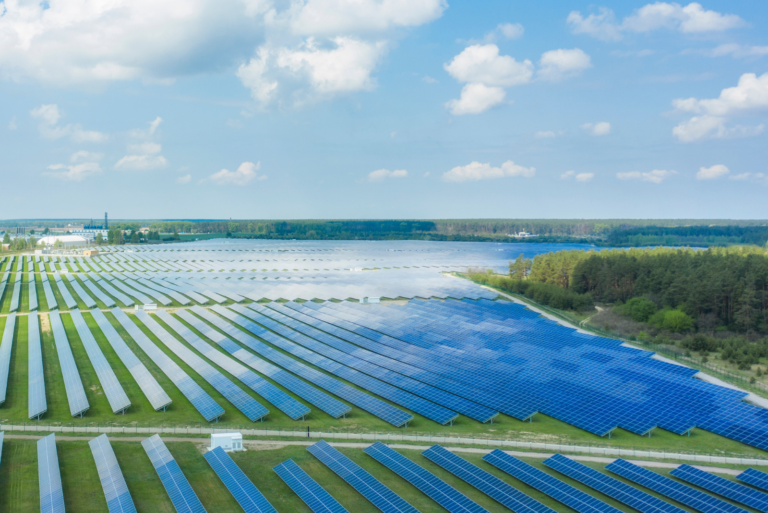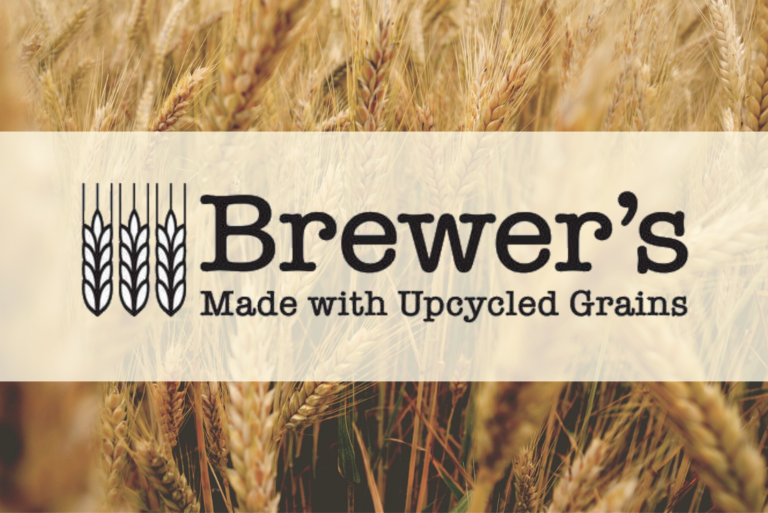DUSSELDORF, GERMANY — It wasn’t long ago that plastic was vilified in sustainability efforts, with a push to reduce it … or even eradicate it altogether. But goals for sustainability are changing at a rapid pace as factors such as infrastructure, market-specific challenges — and even individual interpretations of what it means to be sustainable — evolve.
During a panel discussion at interpack, taking place May 4-10 in Dusseldorf, Mark van der Burgt, chief commercial officer of Vetipak; Dan Coppins, packing technologist and quality manager of KMI Brands; Ron Puvak, executive director of the Contract Packaging Association of North America; Vincent Mooij, director of Circpack by Veolia; and moderator Paul Jenkins, managing director of ThePackHub, discussed the state of global sustainability and if manufacturing is on track to meet its goals by 2025.










